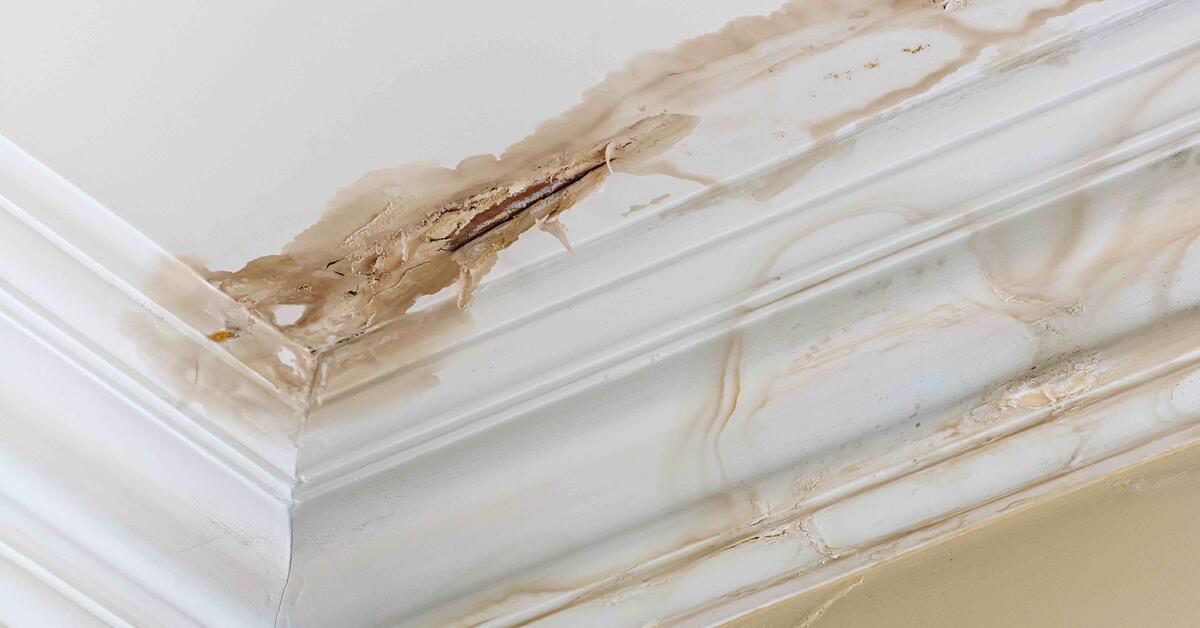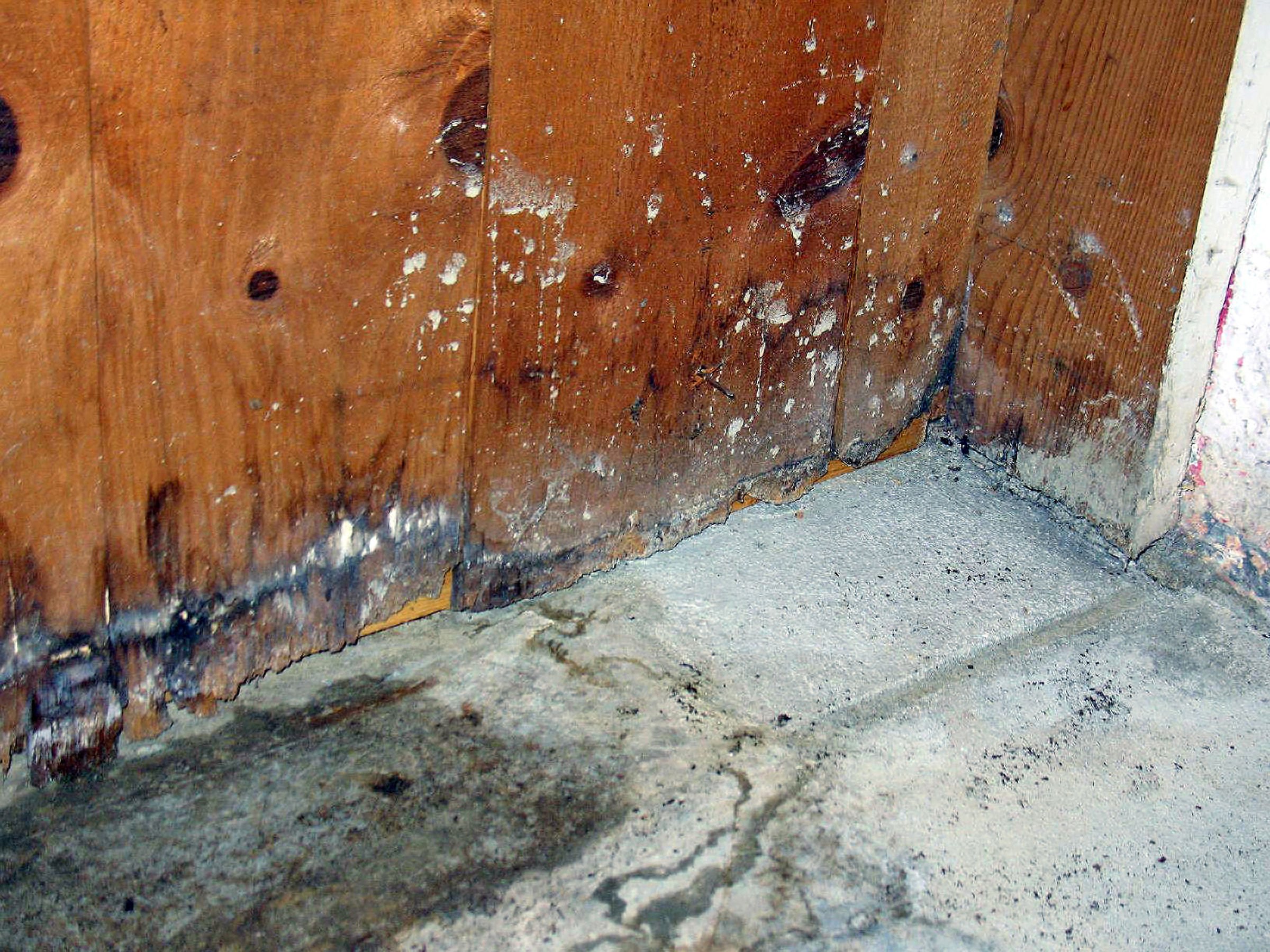24/7 Emergency Water Damage Restoration Services for Urgent Needs
Wiki Article
The Process of Water Damage Clean-up: Guaranteeing Your Home Is Restored Successfully
Water damages can be a challenging obstacle for house owners, necessitating a careful and structured cleaning process to bring back safety and security and performance. damage restoration services. Following this, reliable water extraction strategies play a pivotal function in mitigating additional injury.Evaluating the Damages
Upon uncovering water damage, the initial step is to thoroughly evaluate the level of the impact. This preliminary analysis is essential, as it assists establish the required steps for efficient cleaning and reconstruction. Begin by checking the influenced areas, including walls, ceilings, floors, and personal valuables, to determine the source of the water invasion, whether from flooding, leakages, or condensation.Documenting the damages is vital for both insurance policy claims and preparing restoration efforts - damage restoration services. Use photographs and written notes to catch the intensity of the damage, noting any type of afflicted architectural components and products. Pay unique attention to areas that may not be immediately visible, such as behind wall surfaces and under rugs, as hidden wetness can bring about further complications, consisting of mold and mildew growth
Additionally, examine the timeline of the water direct exposure. The longer the products remain wet, the higher the possibility for damage. Recognizing the period of exposure will inform the necessity of remediation initiatives. Inevitably, a thorough analysis prepares for an effective water damages cleaning procedure, making certain that all influenced areas are attended to efficiently and thoroughly.
Water Removal Techniques

Specialists generally employ submersible pumps for larger volumes of water, which can quickly reduce flooding in basements or other affected areas. For smaller amounts, wet/dry vacuum cleaners are usually made use of to remove recurring wetness from rugs and hard surface areas. Furthermore, using portable extractors permits targeted elimination in restricted areas or areas with delicate materials.
In circumstances of polluted water, such as sewage or floodwater, advanced removal methods may involve using biohazard devices to guarantee safety and conformity with health and wellness policies. High-powered extraction devices are vital in lessening water retention in structural products, which can cause mold development and structural wear and tear otherwise attended to quickly.
Inevitably, the efficiency of water extraction methods plays a pivotal duty in the general success of the water damages clean-up procedure, laying the groundwork for succeeding reconstruction efforts.
Drying and Dehumidification
As soon as standing water has been effectively drawn out, the next important phase in the water damages clean-up procedure is drying and dehumidification. This action is necessary to prevent additional damage and mold development, which can occur within 24 to two days in damp atmospheres.To achieve efficient drying out, specialized devices such as industrial-grade air moving companies and dehumidifiers is used. Air moving companies circulate air across damp surface areas, enhancing evaporation prices, while dehumidifiers lower humidity levels airborne, promoting a helpful environment for drying. The combination of these devices makes certain that moisture is drawn out from floors, walls, and furnishings, enabling them to completely dry extensively.
It is important to monitor the drying process closely. Professionals typically utilize wetness meters to examine the dampness web content in numerous products, making certain that all influenced locations reach acceptable dryness levels. This meticulous strategy aids to stop surprise dampness pockets that might cause structural damage or harmful mold and mildew development.

Cleaning and Disinfecting
After the drying and dehumidification phase is full, the next crucial step in water damage clean-up is cleaning and sterilizing the influenced areas. This procedure is important to stop the growth of mold and mildew, bacteria, and other microorganisms that thrive in wet atmospheres.The cleaning stage usually involves eliminating any debris, dust, and contaminants from surface areas making use of specialized cleaning agents. For tough surface areas, a mix of soap and water or commercial cleansing items is commonly employed. Soft materials, such as furniture and carpetings, might call for extra comprehensive cleaning techniques, consisting of heavy steam cleansing or deep removal methods, to make certain thorough sanitation.

Disinfecting follows cleansing, making use of EPA-approved disinfectants to eliminate harmful microorganisms. This action is necessary, especially in areas that may have entered call with floodwaters or sewer, as these sources can position serious wellness dangers.
Furthermore, it is important to resolve any kind of staying odors, which might need using smell neutralizers or advanced strategies like ozone therapy. Proper cleansing and sterilizing not only bring back the safety and health of your home however additionally prepared for successful reconstruction and repair services in subsequent phases of the water damage cleaning process.
Restoration and Repair Services

As soon as the analysis is full, reconstruction initiatives can begin. This usually involves repairing or changing damaged materials, ensuring that all job conforms with local building regulations and criteria. If drywall has been endangered, it will need to be gotten rid of and replaced with brand-new material. Additionally, floor covering may require comparable interest, depending on the degree of water exposure.
It is vital to engage knowledgeable remediation specialists during this procedure, as they possess the proficiency to handle complicated repair work effectively. Moreover, they can help minimize prospective future concerns, such as mold development or structural instability, thus making certain a habitable find more information and safe living atmosphere. Inevitably, efficient repair and repair work recover the home's honesty and enhance its total worth.
Conclusion
In conclusion, the process of water damage clean-up is essential for recovering a home to its pre-damage condition. Each stage, from evaluating the damage to executing efficient water extraction methods, complied with by complete drying out, sterilizing, and needed repair services, plays an essential role in guaranteeing security and compliance with building standards. original site Effective execution of these steps not only minimizes prompt damages however also enhances the lasting honesty and worth of the property.Water damage can be a challenging obstacle for homeowners, demanding a organized and meticulous clean-up procedure to restore security and functionality. Eventually, a thorough assessment lays the groundwork for an effective water damages cleanup process, making sure that all influenced areas are dealt with properly and thoroughly.
Effective water removal techniques are necessary in minimizing damages and preventing additional issues adhering to a water breach occasion.In verdict, the procedure of water damages cleaning is critical for restoring a home to its pre-damage condition. Each phase, from evaluating the damage to implementing effective water extraction techniques, followed visit the website by thorough drying, sanitizing, and essential repairs, plays an essential role in ensuring safety and security and conformity with structure requirements.
Report this wiki page